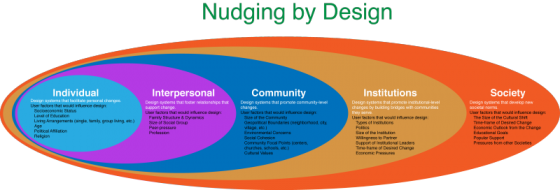
Financial rewards for weight-loss and exercise work…but only if you take the money away at the end for non-performance. Rewards are just not as effective as punishments! [Study: Framing Financial Incentives to Increase Physical Activity Among Overweight and Obese Adults: A Randomized, Controlled Trial] This result is, of course, very consistent with Dr. Daniel Kahneman’s work in behavioral economics, memory, and our perception of happiness. One of the key points is how we assign value on items that we already owe versus those that we are considering acquiring. Consider your house (if you own one) or your car. Would you sell it for the same amount of money as you would be willing to buy it for? The answer is no! We value what we own far more than other people’s stuff. Our reaction to ownership is emotional. Mathematics of equivalence just doesn’t penetrate how we feel through to our judgement. Consider the following social incentive program: At the start of my weight-loss program, I get $50 to lose 10 pounds over a 6 months period. At the end of that time period, I only lose 4 pounds. I have to give back $30 — that’s the deal, right? I…






